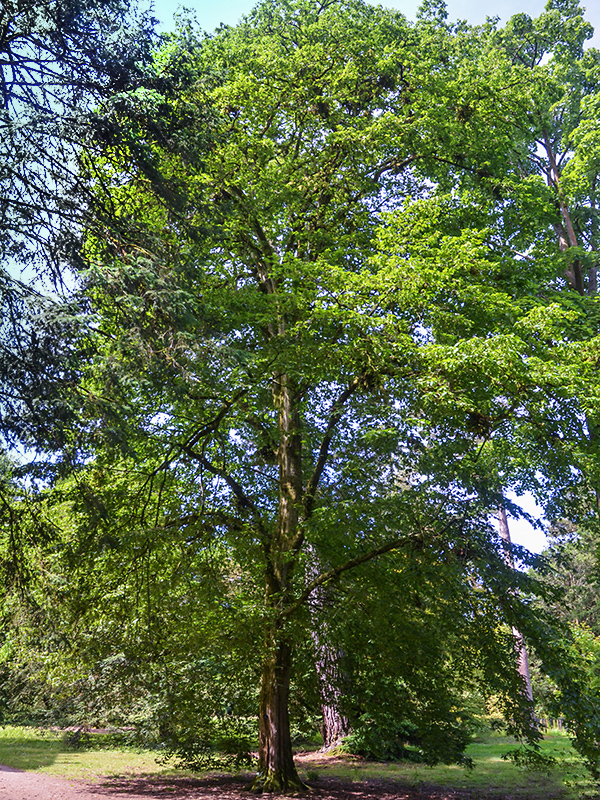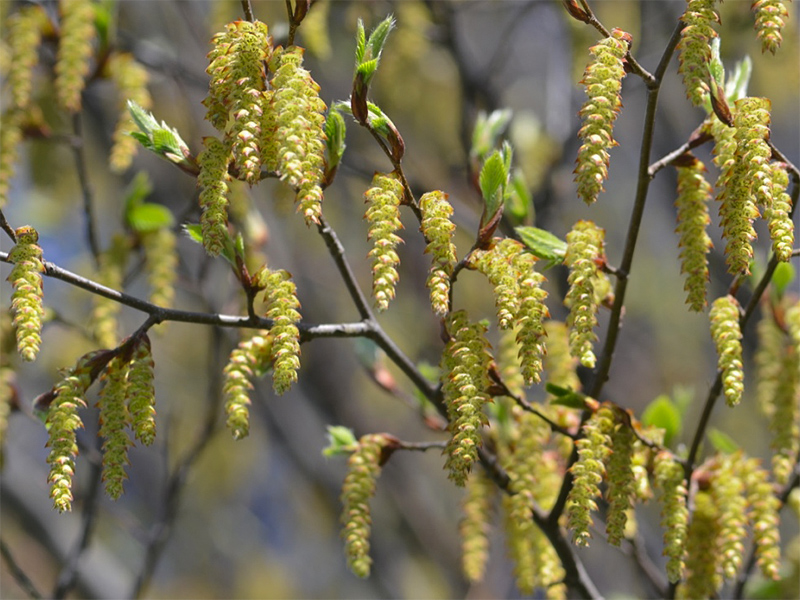
Woody > Carpinus > Carpinus betulus > Carpinus betulus
Carpinus betulus
Common Hornbeam
Origin: Europe and Turkey.
Mike's
Opinion


"
Carpinus betulus is a European multi-stemmed tree with dense foliage and is approximately 15 m in height. One of it’s features is it’s symmetry. Carpinus betulus can be used as screening thanks to it’s dense crown and can even be used as a large hedge. If the lower limbs are not removed the crown can be very close to the ground. It is best planted in an open area where it’s symmetry and dense green foliage can be appreciated.
Michael Pascoe, NDP., ODH., CLT., MSc. (Plant Conservation)
"
| Family |
| Betulaceae |
| Genus |
| Carpinus |
| Species |
| betulus |
| Category |
| Woody |
| Type |
| Tree (deciduous) |
| USDA Hardiness Zone |
| 4 - 8 |
| Canadian Hardiness Zone |
| 2a - 7a |
| RHS Hardiness Zone |
| H7 |
| Temperature (°C) |
| -20 to -15 |
| Temperature (°F) |
| (-30) - 15 |
| Height |
| 12-20 m |
| Spread |
| 10-14 m |
Photographs
Description and Growing Information
Flowering Period
| General Description |
| Carpinus betulus is a multi-stemmed symmetrical tree with dense foliage and great autumn and winter interest. This species has been placed on the IUCN Red List as least concern. |
| Landscape |
| C. betulus is best used in an open area such as parks, larger lots, etc. because of the dense foliage canopy that grows close to the ground. Carpinus betulus can also be used as a focal tree due to it’s foliage and winter interest (form and branching), it may also be used for screening and it can be planted in rows to make a tall, wide hedge. |
| Cultivation |
| Carpinus betulus is adaptable and tolerant to many different soils, but prefers full-sun to partial-sun and well drained soils. |
| Shape |
| The shape of the crown is a large half-circle. It can also be a thinner teardrop shape. |
| Growth |
| Medium |
| ID Characteristic |
| It is easily identified with it’s multi-stemmed fluted trunk, a crown that is thick and full and close to the ground, and serrated, deeply veined leaves. |
| Pests |
| There are no serious pests and diseases. It can suffer from the Clearwing Borer which can end up harming the tree, but is rare and unlikely. Aphids and the associated sooty mould may be minor problems. |
| Habitat |
| It is typically found on the edges of or as part of woodlands throughout its geographic distribution range. |
| Bark/Stem Description |
| It's bark is smooth with silvery-grey colour. The trunk is very unique due to the fluted, vein-like shape. |
| Flower/Leaf Bud Description |
| It's buds are brown-red scale like, approximately 6-9 mm long with the terminus slightly curved. |
| Leaf Description |
| It's leaves are a dark, dull green and are arranged alternately on the branch. They are simple, serrated leaves that are ovate-oblong and 6-12 cm long. |
| Flower Description |
| The flowers are yellow-green catkins that flower in the spring. Male catkins are approximately 35 mm long and female catkins are slightly larger. They are pollinated by wind (anemophilous pollination). |
| Fruit Description |
| Fruit are 6 mm long nuts that mature in early October, held within 3 lobed bracts in long pendulous clusters of many nuts. |
| Colour Description |
| It's colour is a dark, dull green, while yellowish/golden-green in autumn. |
| Texture Description |
| Carpinus betulus is a very dense textured tree with numerous branches providing plenty of shade even in the winter. |
| Notable Specimens |
| Belgium at the Grand-Maret harbour. It is one of the longest Hornbeam covered walks at 573 m in length. Westonbirt, The National Arboretum, Tetbury, Gloucestershire, England. |
| Propagation |
| Sown from seed in an outdoor seedbed. Germination is typically effective, but can take up to a year and a half. After two years of growth, transplant the trees from the seedbed to their intended locations. |



